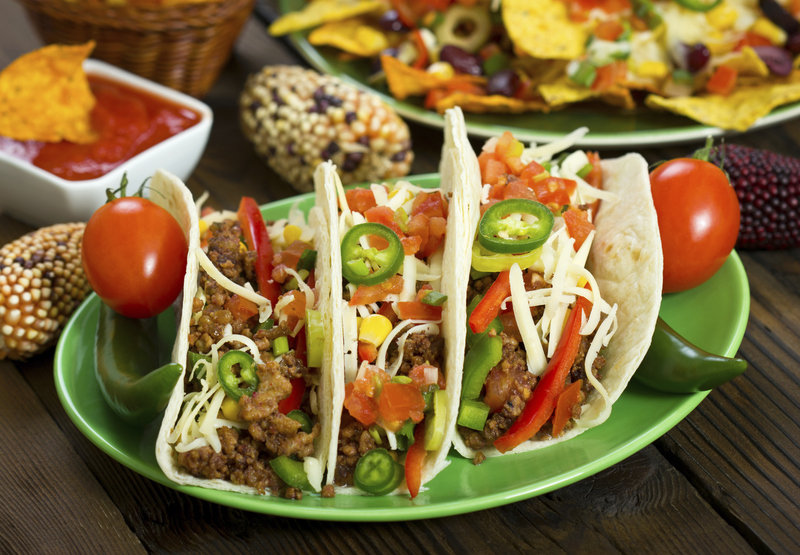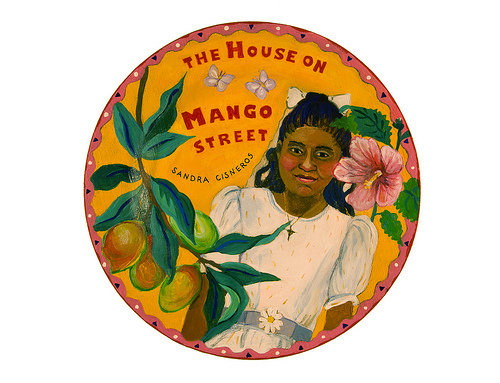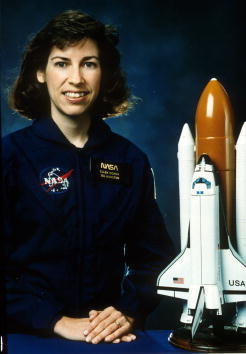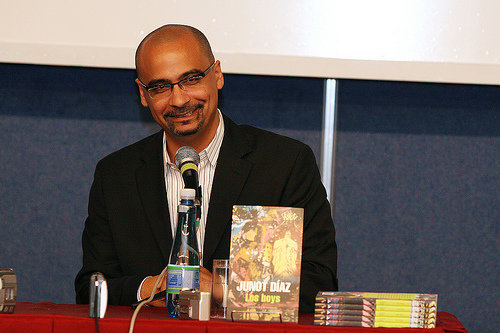
__Hispanic Heritage Month__is a time to celebrate our culture and achievements. From Cesar Chavez to Sandra Cisneros, we've made a positive mark in the U.S. We're hard workers and we've always wanted to pave the way for a better tomorrow for us and our children, too. Check out how far we've come…
More from MamásLatinas: 20 Latino superstitions we all believe
Image via iStock
1598

New Mexico is first settled by the Spanish–making it the largest and oldest Spanish settlement in the Southwest.
1848

Mexicans and other Latinos showed Californians how to pan for gold during the gold rush in 1848 due to their mining experience. However, they faced oppression as the white miners feared that Latinos would take over their positions.
1936

Spanish-Puerto Rican Immigrant Prudencio Unanue Ortiz created Goya in a small storefront in Lower Manhattan, New York, catering to local Hispanic families
1940s

Many Latinos enlisted in the U.S. military during WW II making them the largest ethnic group serving in the war.
1946

Mendez V. Westminster School District: California had a segregated system which prevented Latinos from attending school with whites. Sylvia Mendez’s father Gonzalo filed a class-action lawsuit against the school districts of Westminster, Garden Grove and El Modeno.
1950

“Tex Mex” became a term in 1945 as a combination of Texan and Mexican food. It didn't become a popular restaurant cuisine until the 1950s when a large group of Mexican immigrants arrived.
1952

Desi Arnaz starred as Ricky on I Love Lucy. He was the first Latino to star on network television show
1961

Rita Moreno won an Oscar for Best Supporting Actress in West Side Story. She eventually went on to win a Tony, a Grammy, and an Emmy–something not many people have accomplished.
1962

Labor leader Cesar Chavez formed National Farm Workers Association (NFWA) in order to improve the lives of farmers. Cesar E. Chavez got a national memorial for his work on October 8, 2012 in California.
1962

Dolores Huerta was a labor leader and civil rights activist who co-founded the National Farmworkers Association (NFA) with Cesar Chavez, now known as the United Farm Workers. This helped improve the lives of farm workers socially and economically.
1968

Hispanic Heritage Month was created by President Lyndon B. Johnson because it is when the anniversary of five Latin American countries celebrate their independence: Costa Rica, Honduras, El Salvador, Guatemala, and Nicaragua.
1970

Salsa music was introduced in the 1970s in NYC where Latin American immigrants and musicians came together and brewed this new collective sound that has evolved through the decades.
1974

The Equal Educational Opportunity Act for public schools introduced bilingual education to Latino students.
1977

Controversial Geraldo Rivera became first Latino broadcaster of the year. After a career with ABC, CNBC GMA, NBC, he even hosted his own show, The Geraldo Rivera Show and covered important events such as Elvis Presley's death, the O.J. Simpson trial, and breaking into Al Capone's vault.
1984

Pulitzer Prize winning book House on Mango Street by Sandra Cisneros depicts life in a chicano and Puerto Rican neighborhood in Chicago as experienced by a young girl who explains migration and hardships as a woman and immigrant.
1993

Ellen Ochoa becomes first Latina astronaut to go into space during the space shuttle Discovery.
1995

Famous Dominican-American writer Junot Diaz released the famous and critically-acclaimed book Drown in 1996, which focuses on short stories about a Dominican teenager’s struggle to adapt to his new life in New Jersey.
2000-2011

Hispanics accounted for 55.4 percent of U.S. population growth from 2000 to 2011—that’s more than half!
2012

Companies began to heavily target Latino consumers. At the time the Hispanic community's purchasing power was estimated at $1.2 trillion in 2012.
U.S. states with Latino names

There are many states with names are of Hispanic origin: Texas (from tejas, land of tile roofs), Nevada (land of snow), Colorado (red land), Montana (Mountains) and California (an imaginary island in Spanish folklore, “an earthly (state of flowers). Throughout the United States there are many cities and towns with Hispanic-origins names such as Boca Raton in Florida, El Paso, and Santa Fe.
Our blood type is in demand

60 percent of people of Hispanic descent have type O blood compared to 45 percent of Caucasians and 50 percent of African Americans. Type O is the blood hospitals need most.
Hispanic vs Latino

The terms Hispanic and Latino tend to be used interchangeably in the United States for people with origins in Spanish-speaking or Portuguese-speaking countries, like Mexico, Costa Rica, and Brazil. Contrary to many beliefs, Hispanic is not a race, but an ethnicity.










